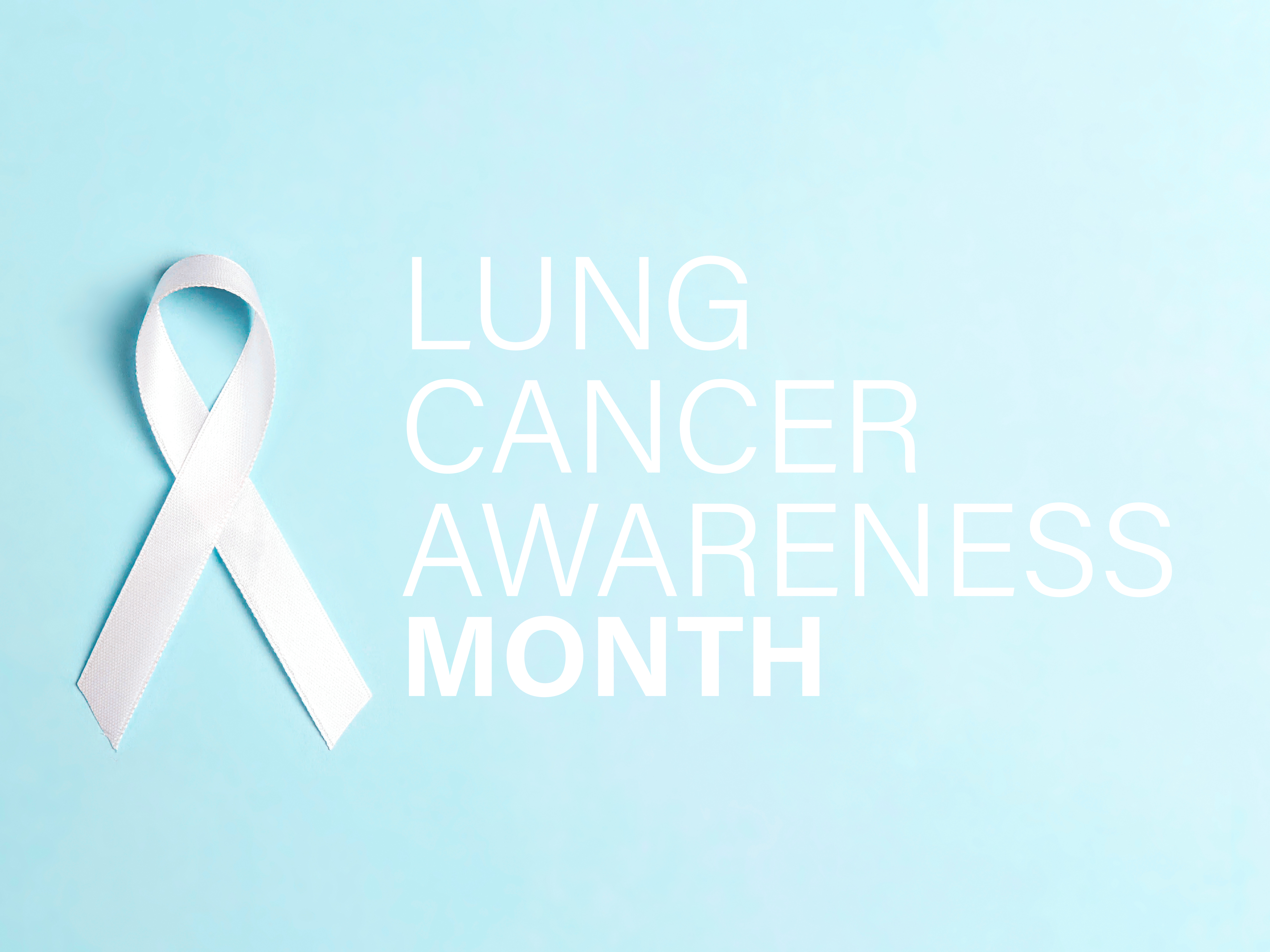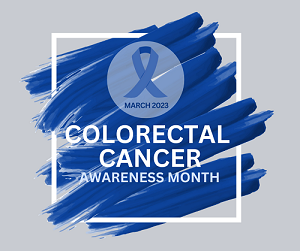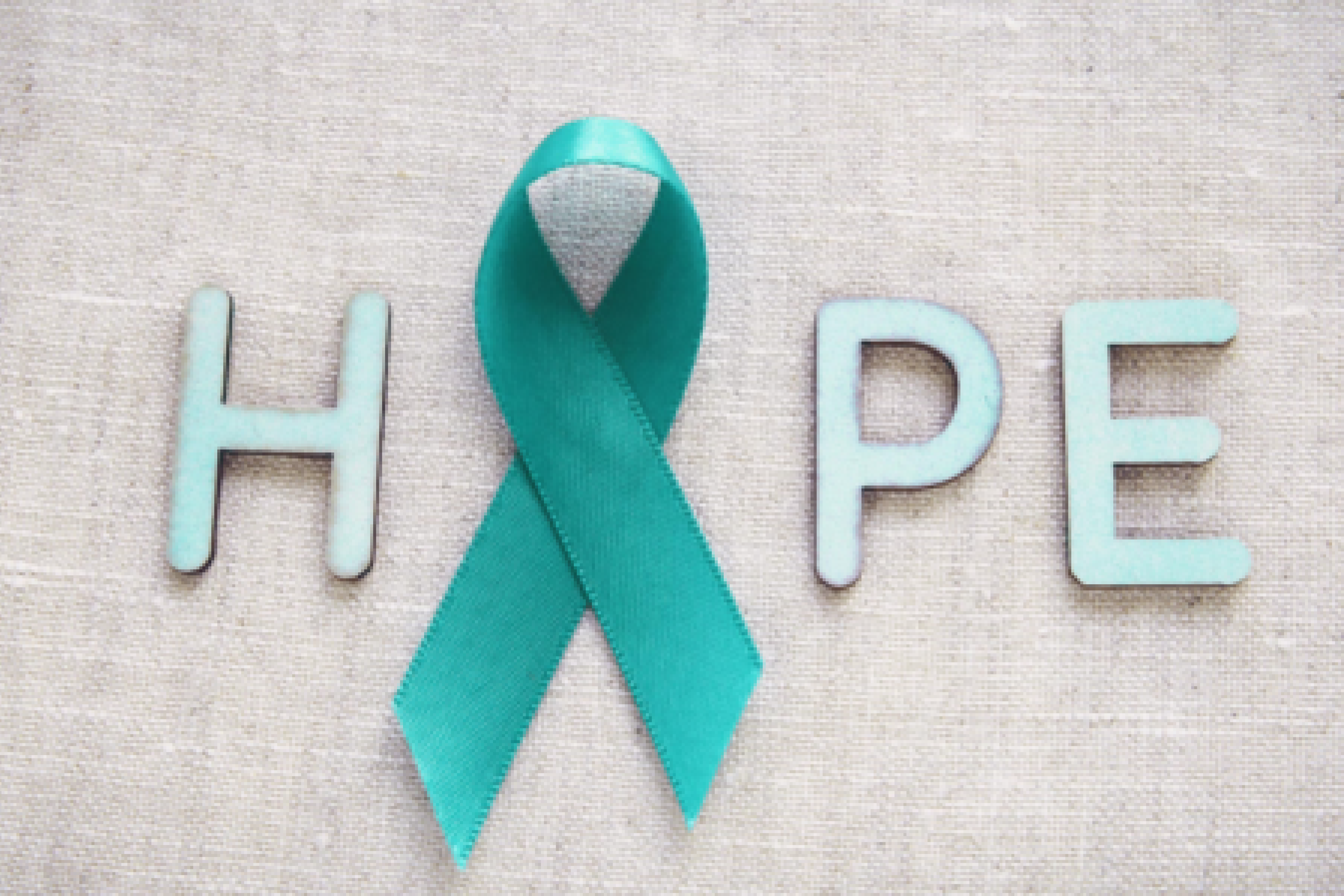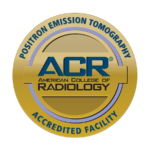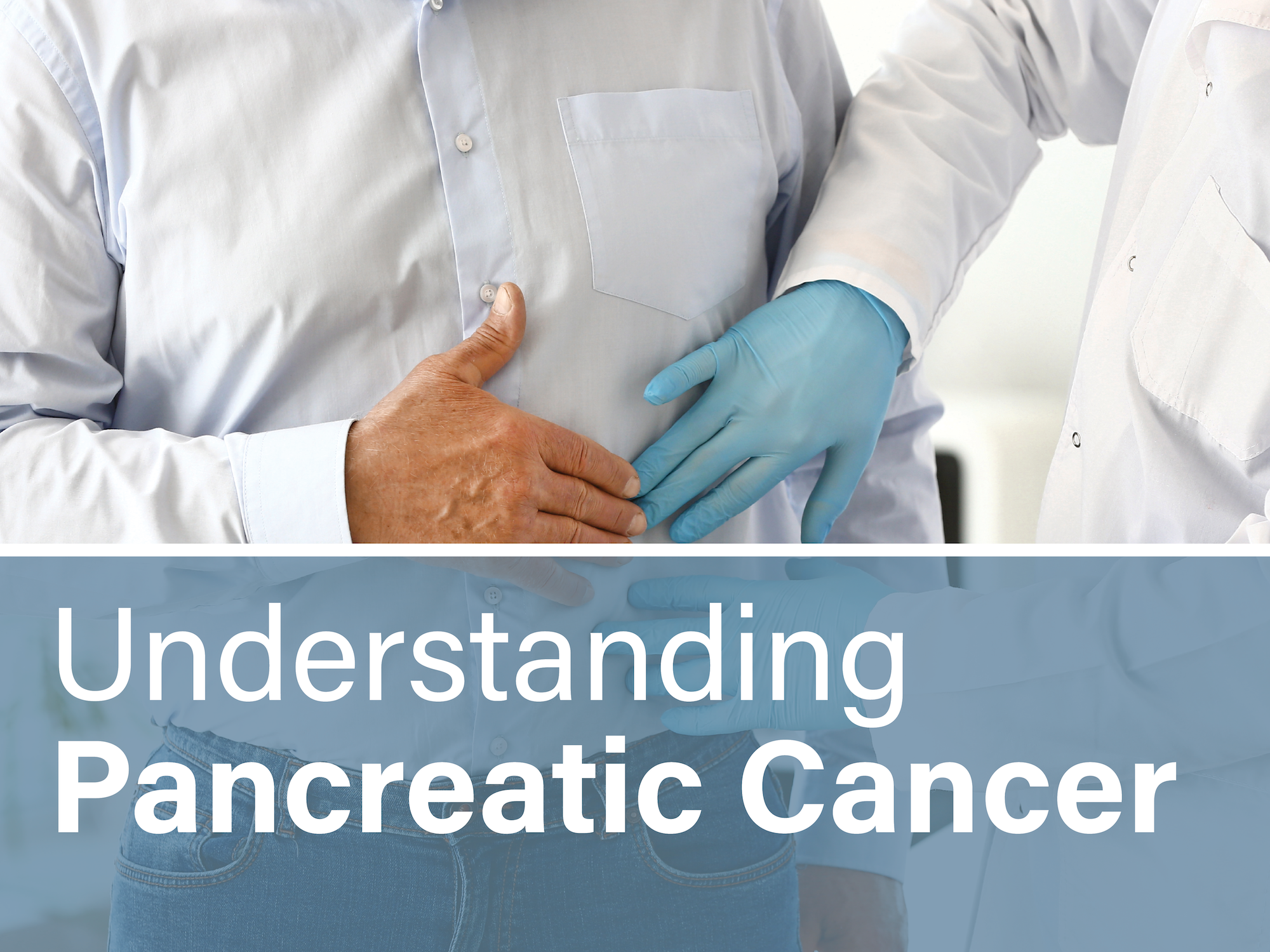
Although one of the deadliest forms of cancer, pancreatic cancer is also one of the most difficult cancers to detect in its early stages. Oftentimes, symptoms are not present until the cancer has become very large or spread to other organs. To prevent this disease, it’s important to understand how it develops and some of the risk factors of pancreatic cancer.
Understanding Pancreatic Cancer
Pancreatic cancer occurs when abnormal cells in the pancreas grow uncontrollably, forming tumors. The pancreas, a vital organ located behind the stomach, plays a key role in digestion and blood sugar regulation.
Recognizing the Signs and Symptoms:
While symptoms may vary, it’s essential to be aware of common signs that could indicate pancreatic cancer:
- Jaundice: Yellowing of the skin and eyes.
- Belly or Back Pain: Discomfort or pain in the abdomen, which may radiate to the back.
- Unexplained Weight Loss: Significant, unexplained weight loss over a short period.
- Changes in Stool: Light-colored, oily, or dark stools.
- Loss of Appetite: A noticeable decrease in appetite and feelings of fullness.
Risk Factors
Certain factors increase the risk of developing pancreatic cancer, including:
- Age: The risk increases with age, with most cases diagnosed after the age of 65.
- Smoking: Smokers are at a higher risk than non-smokers.
- Family History: A family history of pancreatic cancer or certain genetic syndromes can elevate the risk.
- Diabetes: People with long-standing diabetes have an increased risk.
- Chronic Pancreatitis: Ongoing inflammation of the pancreas can raise the risk.
Early Detection
Common forms of early testing include genetic testing and imaging.
Genetic Testing: Identifying genetic mutations can help assess the risk of developing pancreatic cancer, especially for those with a family history.
Imaging Techniques: Advanced imaging methods, such as endoscopic ultrasound (EUS) and magnetic resonance imaging (MRI), provide detailed images of the pancreas, aiding in early detection.
While detecting pancreatic cancer early remains challenging, ongoing research and advancements in medical technology offer hope for improving early detection rates. Awareness of the signs, understanding risk factors, and regular health check-ups are vital in the fight against this aggressive disease. By staying informed and proactive, individuals can take charge of their health and contribute to the ongoing efforts to detect pancreatic cancer at an early, more treatable stage.
EXPERT CARE
Our caring team of experts are here to provide you with a custom-tailored treatment plan that is unique to your diagnosis, tumor size, location and involvement. Click on the button below to learn more.

